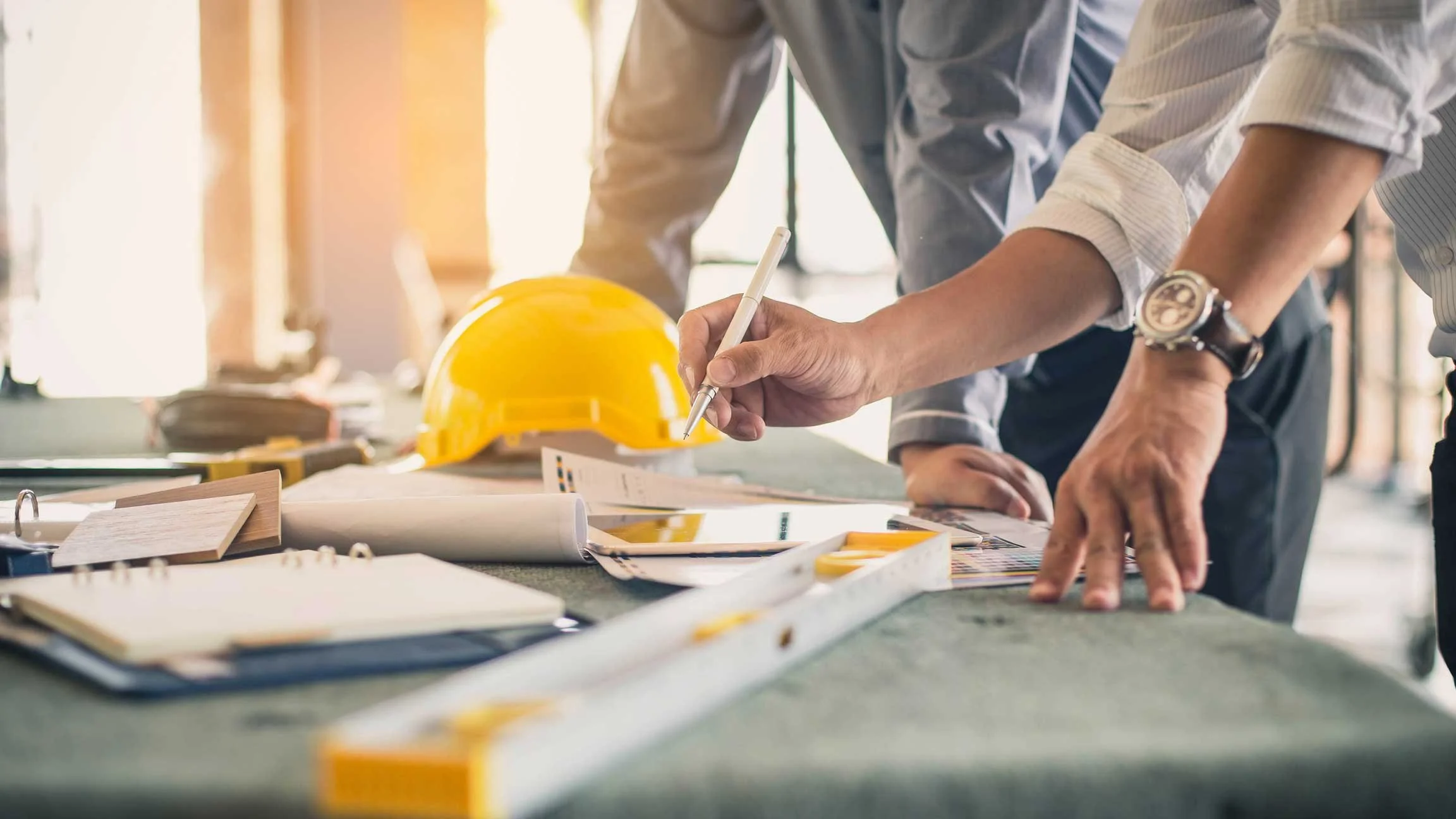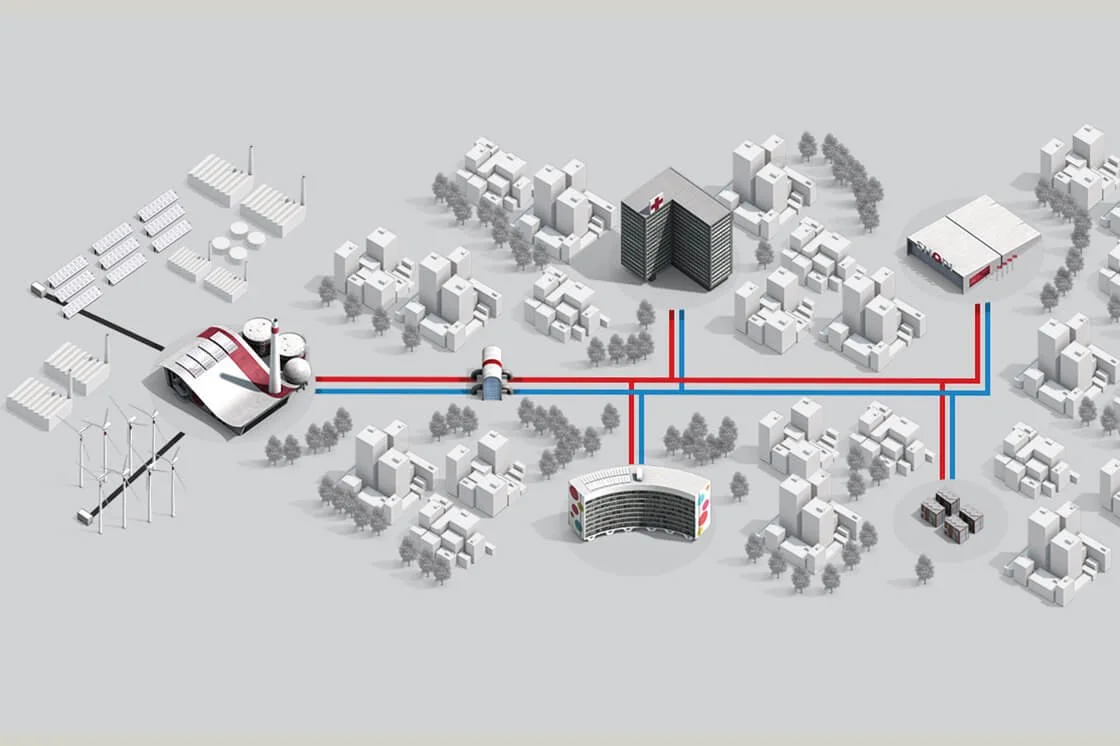
By Design Tech Solutions — Specialists in Heat Network Modelling & Engineering
Introduction: Why Feasibility Comes First in District Heating
Every successful district heating project begins with a question: is this technically and commercially viable? Without the right feasibility data, projects risk being under-designed, over-budget, or misaligned with carbon and planning goals.
At Design Tech Solutions, we support clients through early-stage feasibility assessments that unlock funding, reduce uncertainty, and help shape smarter, future-ready schemes. Whether you’re exploring a single-site installation or a town-wide network, our feasibility services give you the clarity to move forward with confidence.
What Is a District Heating Feasibility Assessment?
A feasibility assessment is a structured study to determine whether a district heating system can be practically designed, funded, and delivered at a specific site or across a region.
It includes:
Mapping existing buildings, demand profiles, and energy sources
Reviewing heat network technologies and fuel types
Assessing routing options, infrastructure constraints, and costs
Evaluating carbon savings, payback, and funding potential
Feasibility doesn’t just test the idea — it lays the groundwork for concept design, stakeholder engagement, and business case development.
What Our Feasibility Studies Cover
Heat Demand Mapping
We assess current and future energy loads across proposed buildings, developments, or whole neighbourhoods.Energy Source Evaluation
We analyse the suitability of local low-carbon sources — including waste heat, CHP, air/ground source heat pumps, and biomass.Route Planning & Technical Constraints
We identify possible pipe routes, utility conflicts, and construction limitations using GIS, site surveys, and local data.Commercial & Carbon Viability
We compare design options based on capital cost, lifecycle cost, emissions reduction, and policy alignment.Funding Readiness
We prepare feasibility outputs in line with government funding schemes such as HNDU and HNES, including technical appendices and business case inputs.
When to Commission a Feasibility Study
Feasibility should be commissioned as early as RIBA Stage 0 or 1, before committing to design. It’s especially valuable when:
Applying for public sector funding or grants
Responding to planning policy requirements
Coordinating heat strategy at a masterplan level
Assessing retrofit potential for existing estates
Even if you already have an idea in mind, a feasibility study helps validate and strengthen the case.
FAQ
Ready to Test Your Vision?
If you're exploring a new heat network, a feasibility assessment is the best place to start. We’ll help you answer the right questions — and find the right path forward.
RELATED READS
Explore our detailed guides on designing effective, future-ready district heating systems. Each article is written to help clients, developers, and stakeholders understand what great network design looks like in practice.







